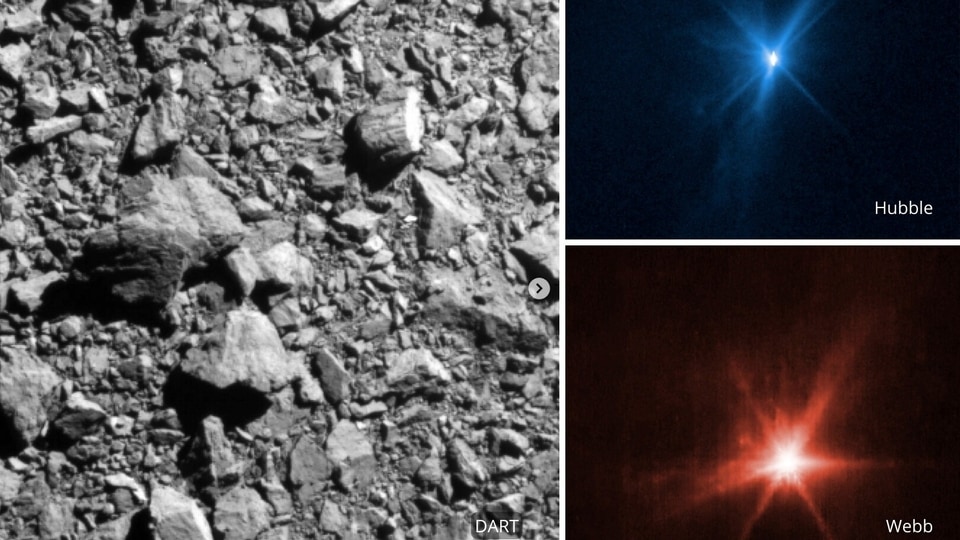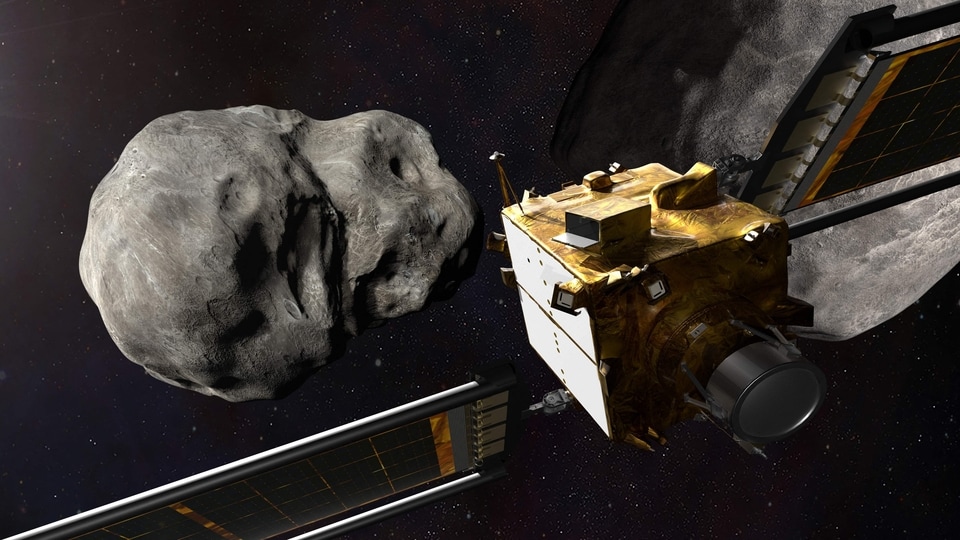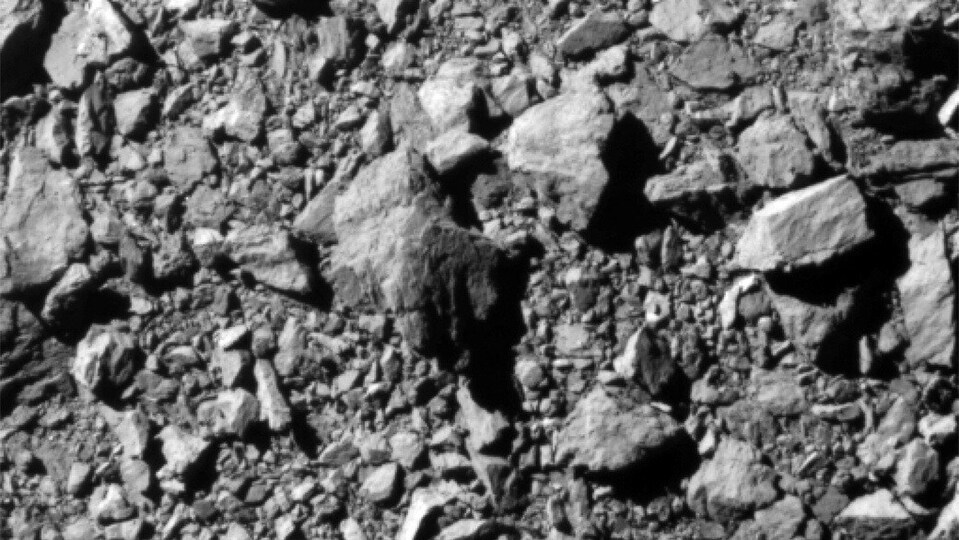Alert! Geomagnetic Storm to hit Earth today as Sun blasts out CME
A stream of the solar wind and a group of CMEs are all set to trigger a G-2 class geomagnetic storm on Earth. What impact will it have? Find out.





_1664474838769.jpeg)

 View all Images
View all ImagesA moderately dangerous geomagnetic storm is set to hit the Earth today, October 1! According to the spaceweather.com report, the geomagnetic storm will be the result of the dual solar events that will lead to a G2-class geomagnetic storm on Earth. First, a solar wind stream is expected to hit Earth's magnetic field; it is flowing from an equatorial hole in the sun's atmosphere. Second, a Coronal Mass Ejection (CMEs) spewed by the Sun has sent massive amounts of energy towards the Earth. The CME was ejected from the Sun on September 28.
Solar outbursts shoot coronal mass ejections (CMEs), that ultimately generate geomagnetic storms on Earth. These are also known as a magnetic storms. It is a period of rapid magnetic field variation, which can last from hours to days.
Despite being categorised as "moderate," G2 storms frequently produce voltage warnings in high-altitude power networks and, if they last too long, can even harm transformers. Additionally, they might have an effect on how satellites operate and obstruct high-frequency radio propagation. Internet and mobile network connectivity may suffer as a result too.
The same has been confirmed via Space weather expert Dr. Tamitha Skov, who tweeted, "A glancing #solarstorm will graze Earth October 1 just as fast solar wind hits. Expect enhanced #aurora views down to mid-latitudes. Amateur #radio disruption & auroral propagation possible on Earth's nightside. #GPS users expect reception issues near dawn, dusk & high-latitudes!"
Not just that, the terror from the Sun seems to be taking another turn as a large and active sunspot group is about to rotate over the sun's northeastern limb, which has already produced an M1-class solar flare on September 30th partially eclipsed by the edge of the sun. This unobstructed flare was probably much stronger, the report mentioned.
The active sun activity is the result of its journey towards its solar maxima, which is a period of maximum activity in its 11-year solar cycle.
Catch all the Latest Tech News, Mobile News, Laptop News, Gaming news, Wearables News , How To News, also keep up with us on Whatsapp channel,Twitter, Facebook, Google News, and Instagram. For our latest videos, subscribe to our YouTube channel.




























